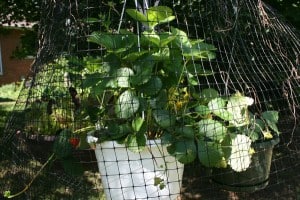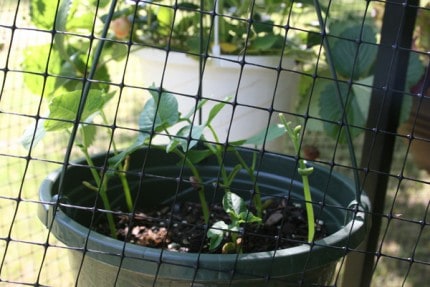

(Chelsea Update would like to thank Jennifer Fairfield, owner of The Garden Mill, for the information in this story.)
Spring got off to a really slow start around here, making it hard to know when to do anything. It was cold and rainy, or just plain old cold all the way through May. I usually put my tomatoes, peppers, eggplants, cucumbers, and squash in the garden by Memorial Day weekend, but that didn’t happen this year – it was way too cold.
Those plants are finally in my garden now, and I’m hoping that it will warm up a little more so they really get growing. Our season is short enough in Southeast Michigan without losing all the time we have.
So, what should we be doing in our yards and gardens this month?
Lots of planting can be done in June, in the veggie garden as well as the flower beds.
If you haven’t gotten your warm-weather vegetable and herb plants in yet, you should do that ASAP. Many of them need all summer to really produce, so the longer you wait, the less you will likely get from them.

It’s really getting too late to even think about planting these plants from seed in the garden now – there won’t be enough time for them to grow to maturity at this point – so get plants that have already been started. This will give you a jump on the necessary growing time. This is true for tomatoes, peppers, eggplants, and squash, and even some cucumbers, though there may be time enough for seeds of those if you hurry.
If you are considering planting seeds, check the seed packet for the “days to maturity.” That’s how long it takes from the time the seeds first come out of the ground to when the plants will begin to produce. Keep in mind that Oct. 5 is the average first frost here.

Staking and caging. The time to stake or cage your plants is when you are putting them in. If your tomatoes are the type that will do better with staking or caging, doing that now will help ensure that you don’t damage the roots trying to get them in later. Peppers and eggplants also often do better when staked, so put the stakes in when you put the plants in.
However, you can continue planting bush bean seeds for a little longer. Bush beans produce in one big flush over a week or two, so planting some every couple of weeks into late June will ensure that you have a continuous harvest all the way up to first frost.
You can also plant successions of beets, carrots, dill, parsley, and cilantro through the end of July to ensure a prolonged harvesting season.
Cabbage and broccoli can be started at the end of the month or early July for fall harvest. Plant seeds directly into the garden, or start them indoors and transplant the seedlings into your garden by late August. They’ll be ready to eat by late September or early October.
To protect these cool-weather loving plants from the heat of summer, try planting them in a shady part of your garden or where they will be shaded by other plants, or use shade covers to keep them cool.
Happy gardening. And, part II will run tomorrow.














